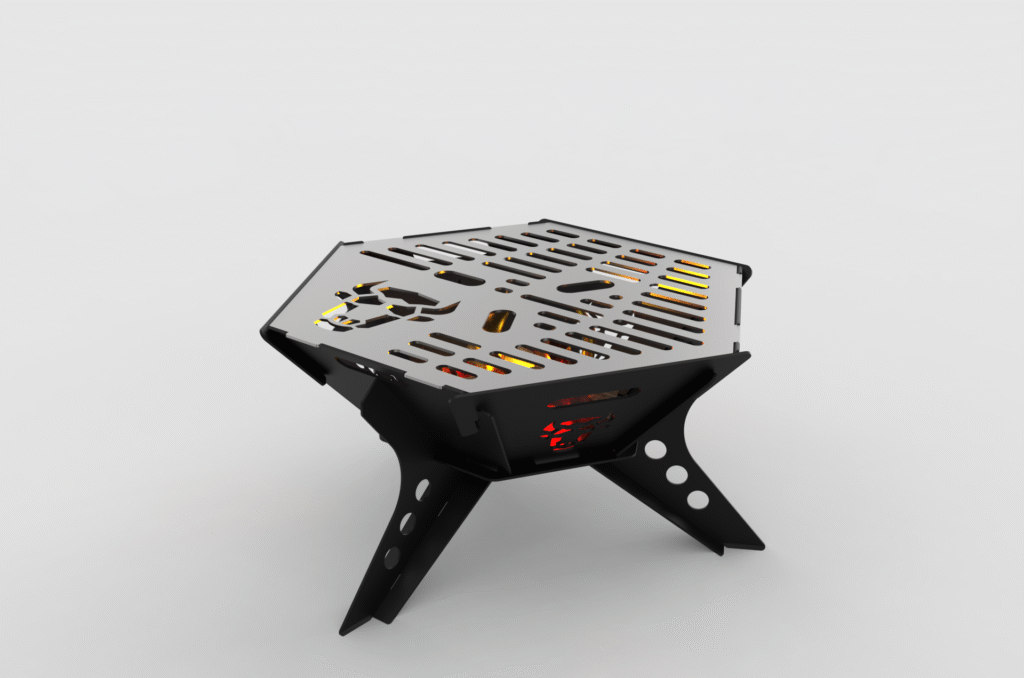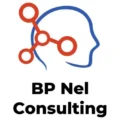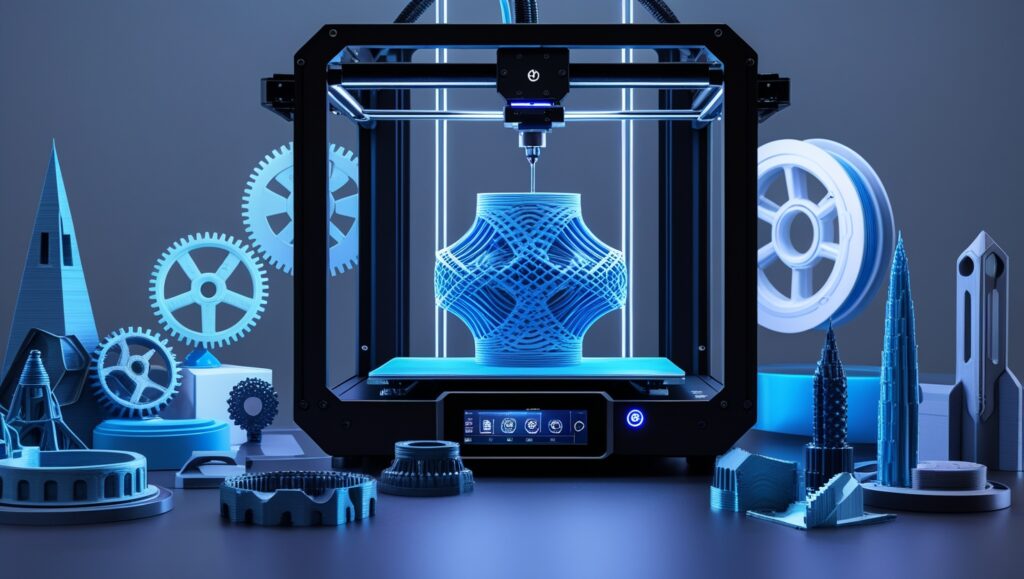3D Printing for Prototyping: Accelerate Your Development
Published: October 3, 2025
Table of Contents
Introduction
3D Printing for Prototyping accelerates product development, cutting costs and lead times. At 3DDFM, BP Nel Consulting offers $75/hr expertise—half US rates—to help US startups prototype medical devices and consumer products. For example, our Medical Health Station prototype saved $2,000 in tooling costs. Thus, 3D printing ensures rapid, cost-effective iterations. Get a free audit at 3ddfm.com!
Why 3D Printing Matters
3D printing enables rapid prototyping, reducing development cycles by 30%. For instance, printing a firearm accessory prototype can save weeks compared to traditional methods. Consequently, startups achieve faster market entry and lower costs. BP Nel Consulting’s 29+ years of expertise plus in-house Bambu Labs P1S printer ensures prototypes meet DFM standards.
Key Considerations for Prototyping
3D printing optimizes prototyping, answering the Google top question, “How does 3D printing improve prototyping?”:
Material Selection: Choose PLA or ABS for cost and durability.
Layer Resolution: Use 0.1mm for precision, 0.3mm for speed.
Support Structures: Minimize supports to reduce material use.
Print Orientation: Optimize for strength and speed.
Post-Processing: Plan for sanding or coating for aesthetics.
For example, our Load Bin Organizer prototype used ABS for durability. Thus, 3D printing ensures efficient prototyping.
Common Prototyping Mistakes
Poor prototyping decisions waste time. Common mistakes include:
Wrong Material Choice: Leads to weak or costly prototypes.
Excessive Supports: Increases print time and waste.
Ignoring Post-Processing: Results in poor aesthetics.
Incorrect Orientation: Causes structural failures.
For instance, a client’s unoptimized prototype cost $2,000 in rework. 3D printing avoids these pitfalls.
Steps to Implement 3D Printing
Implementing 3D printing requires a structured approach:
Design Optimization: Create CAD models with DFM principles using Fusion 360.
Material Testing: Test PLA/ABS for fit and strength.
Slicer Configuration: Set layer height and supports in Cura.
Prototype Iteration: Print multiple versions to refine designs.
Validation: Test prototypes for fit and function.
For example, our Firepit prototype iterated twice, saving $3,000. Therefore, 3D printing accelerates development.

Role of Technology in 3D Printing
Technology enhances 3D printing efficiency:
Slicer Software: Optimizes print settings for speed.
FDM Printers: Deliver cost-effective prototypes.
Resin Printing: Provides high-precision parts.
AI Optimization: Suggests material and orientation.
For instance, our Electrical Adapter used resin printing for precision, cutting costs by 20%. Thus, technology drives prototyping success.
Case Study: Medical Device Prototype
Our Medical Health Station prototype showcases 3D printing success. The initial design risked $5,000 in tooling costs due to complex geometry. We applied 3D printing principles:
Used ABS for durable prototypes.
Optimized print orientation, reducing material by 25%.
Iterated three versions in 72 hours, saving $4,000.
The result? A production-ready design launched on time. Watch the animation at Telehealth Station to see the design complexity. Get a free audit at 3ddfm.com.
FAQ: How Does 3D Printing Improve Prototyping?
3D printing improves prototyping by enabling rapid iterations, reducing material costs by 20-30%, and testing designs early, per Industry Insights. For example, printing a medical device prototype cuts lead times by weeks. Thus, 3D printing accelerates development.
Conclusion
3D Printing for Prototyping transforms development for US startups in medical devices and firearm accessories. Partner with 3DDFM for $75/hr expertise, as shown in our Medical Health Station case study. Our 29+ years of experience ensures success. Get a free audit at 3ddfm.com!

